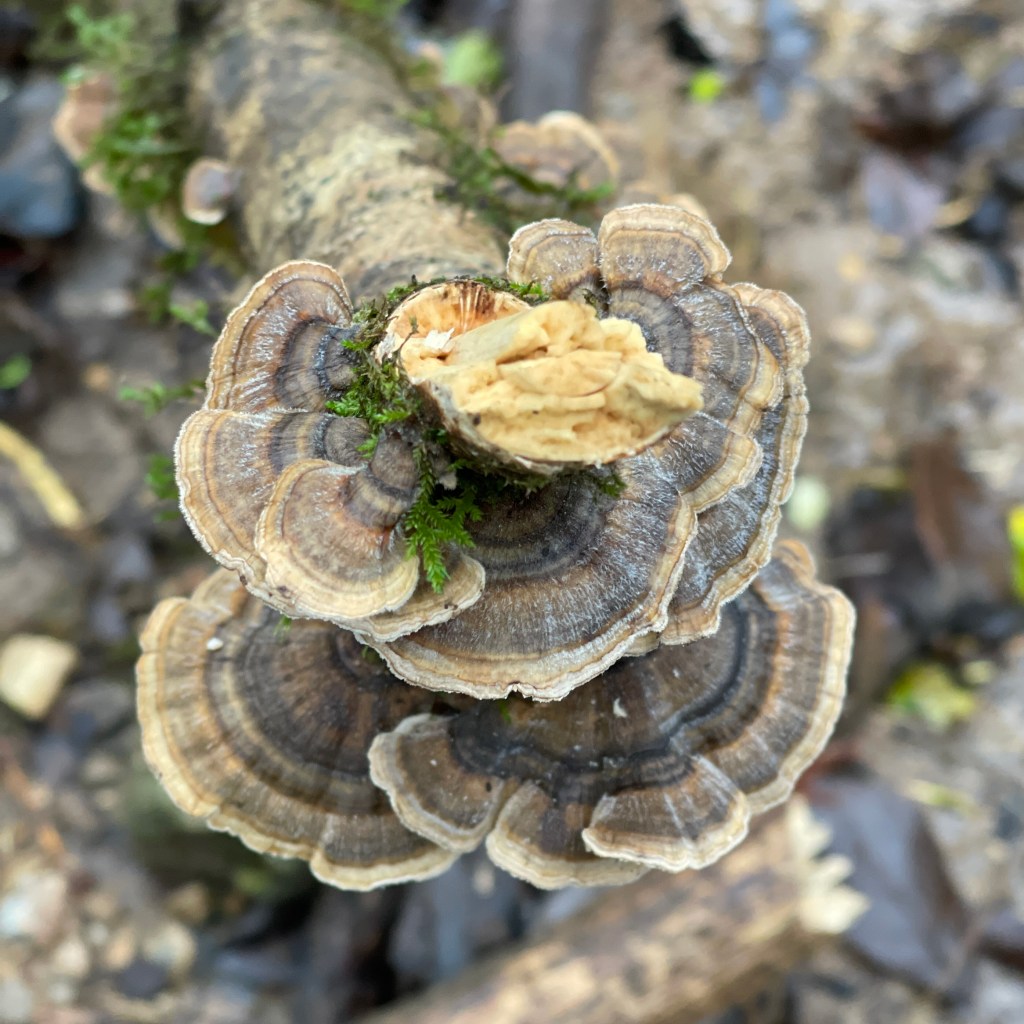I didn’t pick a leaf, but I wanted to.
The collector side of me really wanted to add one to my collection, and the educator side of me justified the act, but I didn’t.
I couldn’t.
The leaf was on what remained of an American chestnut tree, and I couldn’t actively contribute to the demise of that particular specimen. I might later this year, in the fall, when it doesn’t have a use for its leaves anymore and will drop them anyway, but that’s a dilemma I’ll deal with in a few months.
Like the vast majority of American chestnuts on the continent, this one was dying. Its trunk was a mere 3 inches or so in diameter, and it was bare and had dropped most of its branches in the previous years and never grew new ones. That woody stem, with perhaps 30 growth rings hidden within, shoots some 25 feet into the air, but will only do so for a few more years at the most. It will never add another growth ring, its cambium layer destroyed by the pathogenic fungus Cryphonectria parasitica, also known as the chestnut blight.
The only leaves were on the half-dozen or so shoots that the root system still sent up, with the hope that their ability to create food would be enough to sustain life. Ultimately, though, those shoots will succumb to the fungus as well, and the root system itself will die, starved there on that north Alabama hillside, just like all of the others that once lived there.
I felt a sense of loss, standing there on the trail, surrounded by trees as far as I could see. The thing is, though, I knew I wasn’t surrounded by trees, despite what I could see. The forest extended at most a half-mile, and then it gave way to a factory to the east, houses to the west, agricultural fields to the north, and a highway to the south. I could hear cars in the distance.
I’m encouraged, though, by the work so many people and organizations are doing in order to retain and maintain greenspace, and to restore the chestnuts to their historic position in the forests of the eastern United States.
For more information, check out these resources:
- The American Chestnut Foundation
- The Land Trust of North Alabama
- The USDA’s article, “What it Takes to Bring Back the Near Mythical American Chestnut Trees”





